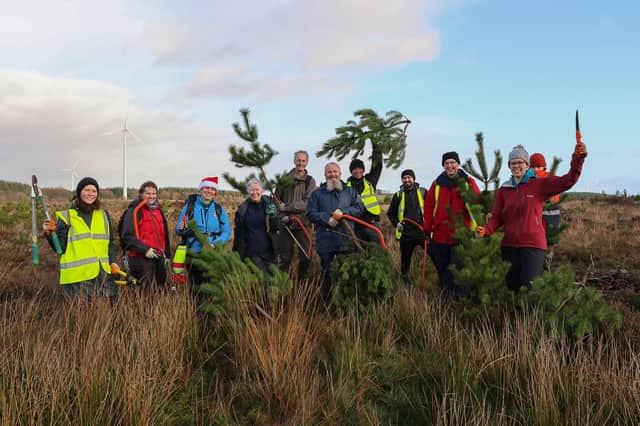The team worked with Buglife and Falkirk Council Rangers over two days recently to remove Lodgepole pine scrub from Easter Drumclair Moss. They cleared one and a half hectares of scrub, completing the work by hand.
After completing the clearance, the volunteers were able to take some of the pine scrub home as an ethical Christmas tree.
Melissa Shaw, Peatland Conservation Officer with Buglife, said: “Easter Drumclair Moss is one of nine sites on the Slamannan Plateau that we are working on with the land owners to restore and manage the peatlands.
"I wanted to get volunteers out to help take out the re-established scrub as the less trees on the bog the better. In return for helping, it was a chance for people to take away a Christmas tree. It’s a win win for everyone.
“There were extra trees by the end of the day so I’d got in touch with FOSS, who came out and took some of the trees to give to families they are helping.”
The charity, Friends Of Scottish Settlers (FOSS), work to welcome refugees and all newcomers to Falkirk district.
Melissa added that the work to remove the scrub each year is only possible thanks to a working partnership with Forestry and Land Scotland.
Easter Drumclair Moss is part of Buglife’s Falkirk Lowland Raised Bog Restoration Project. The project will see Buglife work with landowners to restore over 260 hectares of degraded lowland raised bog habitat at nine sites across the Slamannan Plateau.
Techniques are being used, such as removal of scrub and forestry and blocking ditches across the bogs by damming and bunding, with the aim of restoring water levels across the bogs and rewetting the surface allowing active peat formation to continue.
The sites have been subject to a wide-ranging and long-term adverse management, including burning, drainage for peat extraction, mineral extraction, historical afforestation and overgrazing.
Raised bogs store massive amounts of carbon and water, providing a carbon sink and flood management when in a good condition. They are also home to rare and specialist species.
To find out more about the project click here
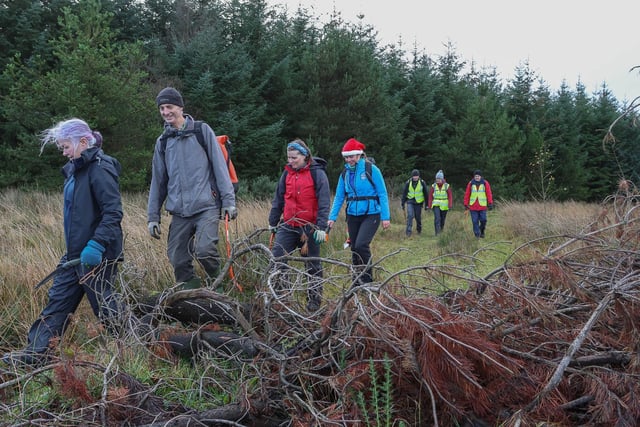
1. Scrub clearance and Christmas tree day
Twelve volunteers helped out one day, and 14 on the second day of the clearance. Photo: Scott Louden
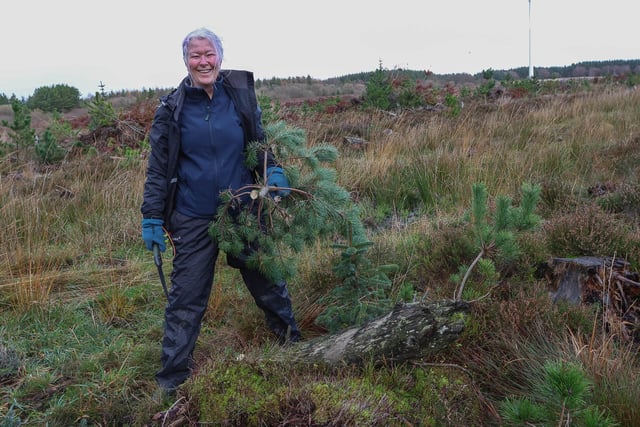
2. Scrub clearance and Christmas tree day
The initiative is a joint venture between Buglife and Falkirk Council Rangers. Pictured is Lesley Sweeney, Falkirk Council Ranger. Photo: Scott Louden
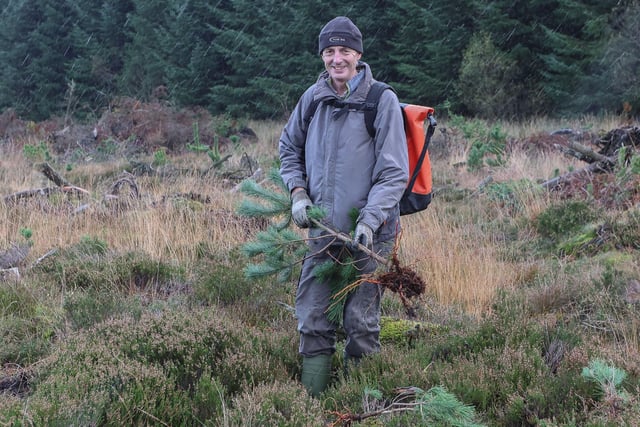
3. Scrub clearance and Christmas tree day
The clearance was being done at Easter Drumclair Moss, by Limerigg, which is owned by Forestry and Land Scotland. Photo: Scott Louden
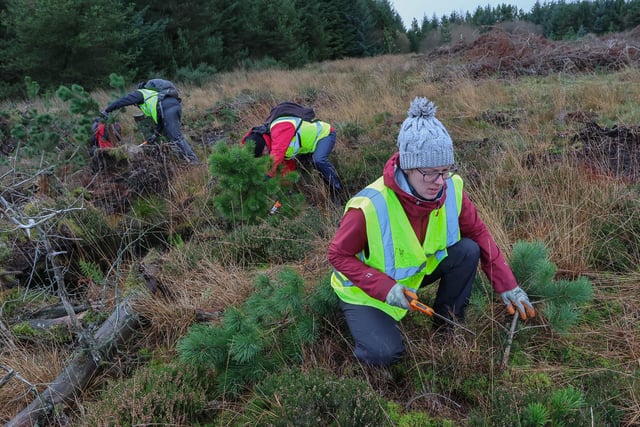
4. Scrub clearance and Christmas tree day
It's not possible to have heavy machinery go in and do the work, so the removal of the scrub must be done by hand. Photo: Scott Louden
